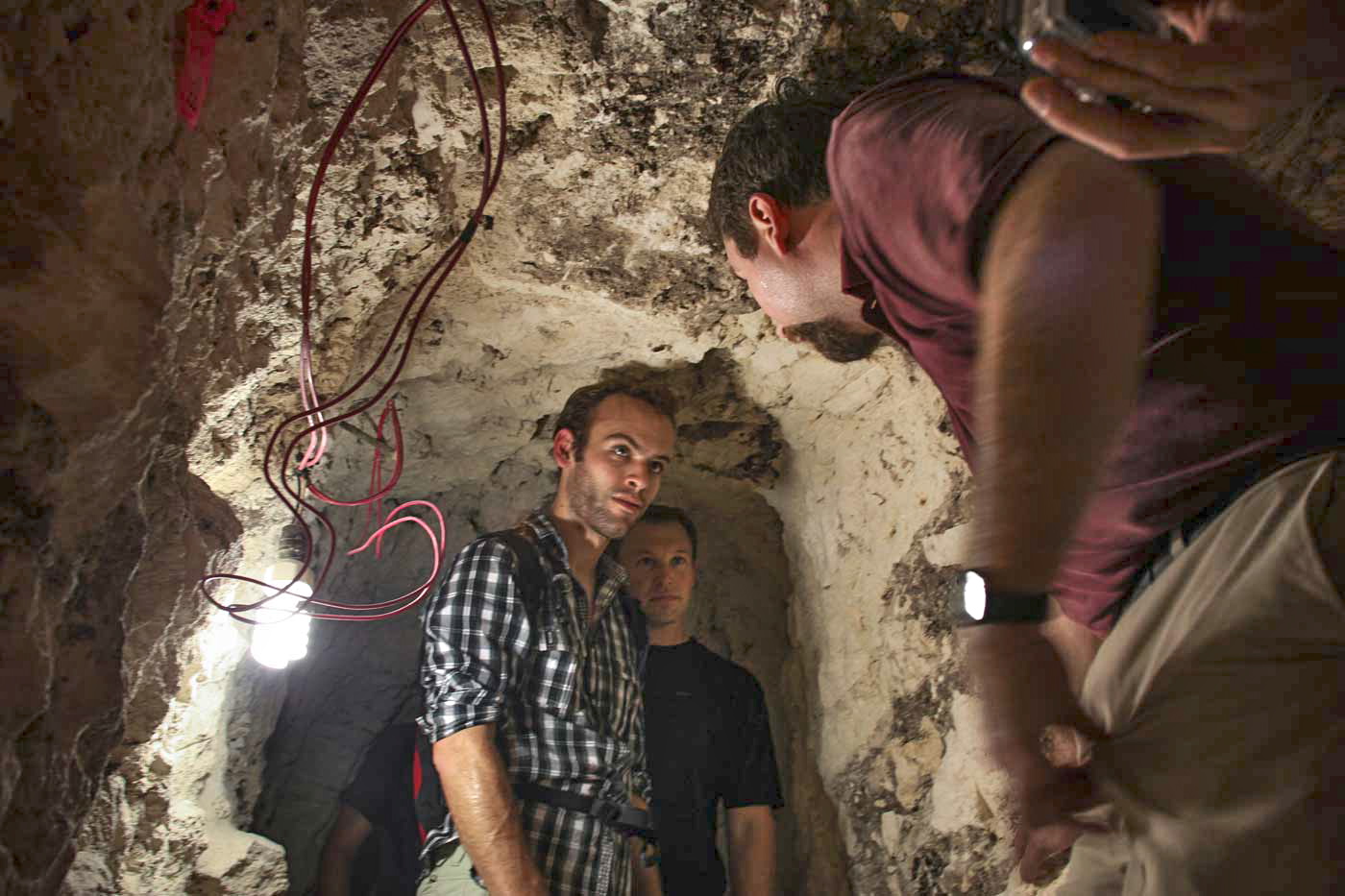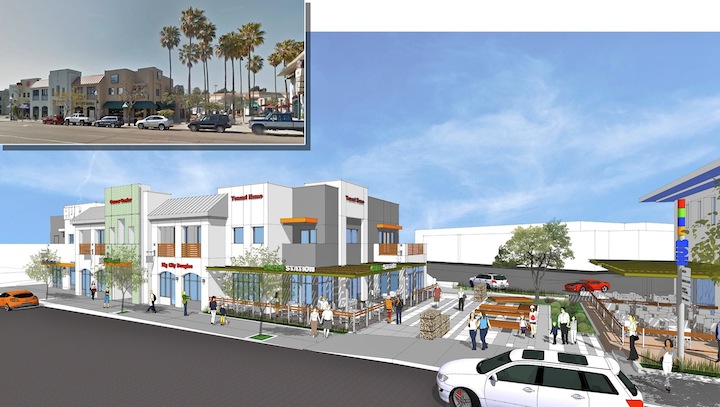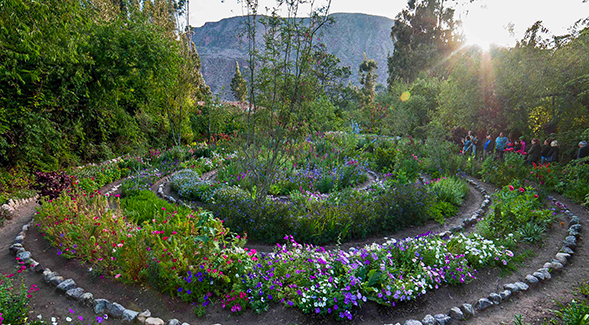Daily Business Report-Oct. 23, 2014
Graduate student Dustin Richmond in Guatemala with UC San Diego’s Engineers for Exploration program.
ARCS Foundation Awards $232,500
In Fellowships for UC San Diego Grad Students
Dustin Richmond, a third year graduate student in computer science and engineering at UC San Diego, builds complex computer hardware systems with the power to process large data sets — such as the data involved with DNA sequencing. In his first year, Richmond worked with technology company Cognex to design an ultra-high-speed image processing pipeline –specifically for active 3D scanners — that could decompress and process 20,000 images per second.
“I like the applications side of my work because I get to help people, and learn new fields,” said Richmond. “I help them access the computational power that enables fellow researchers to work with really large data sets.”
Richmond is one of 31 UC San Diego graduate students who have been awarded a fellowship from the San Diego chapter of ARCS Foundation Inc. for the 2014-2015 academic year. Members of the San Diego chapter presented the award check, totaling $232,500, to Chancellor Pradeep K. Khosla on Oct. 13 at the Ida and Cecil Green Faculty Club at UC San Diego.
A national nonprofit led entirely by women, ARCS Foundation supports the growth of scholarship in science, engineering and medical research. Since 1987, the local chapter has given more than $4 million in unrestricted funds to UC San Diego, which students may use to further their research, cover travel expenses or meet other financial obligations.
“The ARCS Foundation has supported hundreds of graduate students who fuel research, mentor undergraduates and investigate solutions to global challenges,” said Chancellor Khosla. “We are grateful to the ARCS Foundation for their continued support.”
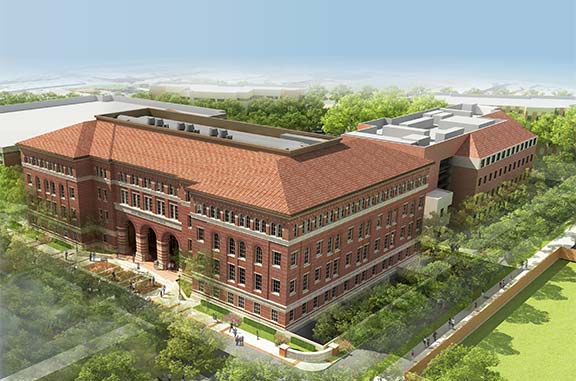
Two Scripps Research Biomedical
Laboratories Moving to USC
A pair of Scripps Research Institute scientists will bring their biomedical labs to the University of Southern California and anchor the work that will be done at a new health-science facility being funded in part by a $50 million donation from retired surgeon Gary Michelson, the university announced today. Earlier this year La Jolla-based Scripps explored a possible merger with USC, but shelved the idea because of faculty criticism.
USC President C.L. Max Nikias is expected to take part in a late-morning groundbreaking ceremony for the USC Michelson Center for Convergent Bioscience, which will house laboratories, a Center for Electron Microscopy and Analysis and microscopy imaging technology facilities.
University officials said researchers will use the facility “to generate the bioscience discoveries that build a better, healthier future.”
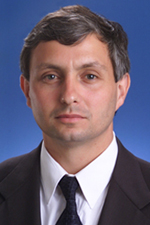
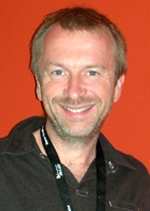
Among those researchers will be two Scripps scientists — Raymond C. Stevens and Peter Kuhn — who will move their labs to the university and bring about 50 researchers with them. Stevens will serve as USC’s provost professor of biological sciences and chemistry, while Kuhn will be the dean’s professor of biological sciences at the USC Dornsife College of Letters, Arts and Sciences.
According to the university, Stevens has pioneered research into human cellular behavior. He has also helped create therapeutic molecules that led to breakthrough drugs for conditions ranging from influenza to childhood diseases to neuromuscular disorders to diabetes. Stevens has founded four biotechnology companies and three National Institute of Health centers.
“We came to USC because of the opportunity to converge the sciences and dramatically increase our understanding of the structure and function of the human body at the atomic scale,” Stevens said. “USC has the world’s No. 1 cinematic arts school, including expertise in digital art, which we think will be critical to bridging scientific and engineering disciplines.”
Kuhn is the co-director of an NIH Physical Sciences Oncology Center, working to learn more about how cancer spreads through the body. He also led the invention of a method for detecting and characterizing cancer cells with a simple blood test.
— City News Service
San Diego Private Bank Acquires
Assets of First Security Business Bank
San Diego Private Bank has reached an agreement to acquire the assets of First Security Business Bank in Orange. Under the agreement, San Diego Private Bank will acquire $56 million in loans and assume about $28 million in deposits from First Security Bank, which will close its only branch in Orange. The transaction is expected to close in the fourth quarter of 2014 or the 1st quarter of 2015.
“This transaction is part of our long-term plan to move out of commercial lending. We feel this serves both our customers’ and our business interests by providing an expedited, smooth transition for the close of First Security Business Bank,” said Jim Bresnan, President and CEO of First Security.
San Diego Private Bank has an Orange County division — Newport Private Bank. It has offices in La Jolla, Coronado and Downtown San Diego.
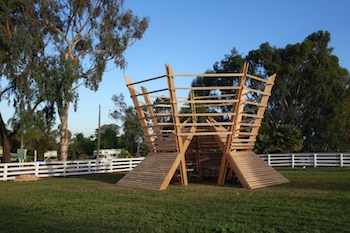
Husband and Wife Team Win
National Sukkah Design Competition
Sasha and Chris Varone, a husband and wife architectural team from North Park, are the winners of the Sukkot at the Ranch Design Competition sponsored by the Encinitas-based Leichtag Foundation.
The Sukkah was chosen by the people’s choice in online and on site voting. The design competition invited members of the community to reimagine the ancient structure known as a sukkah, which has been built during the Jewish harvest of Sukkot since biblical times.
The Varones designed their modern interpretation of the sukkah using plywood. From their submission: “The seven sides of this Sukkah structure represent the seven days of the week and the seven year cycle. Once inside the Sukkah, one’s awareness of the outside world is diminished. The base of the Sukkah structure tapers inwards to harvest one’s thoughts, wishes and concerns. Conversely, the top tapers outwards to release them to the sky.”
The Sukkah is traditionally erected for one week each autumn to commemorate the holiday of Sukkot, in celebration and gratitude of the harvest. It is customary, within the impermanent walls of the Sukkah, to share meals, entertain, and rejoice.
The Leichtag Foundation presented the Varones with a $3,600 award. Three finalists were chosen by judges from the pool of 17 submissions to build their design. A team of volunteers built the Sukkahs on Oct. 5 and the sukkahs were open to the public the following week for worship, art activities and the Sukkot at the Ranch event on Oct. 12, which attracted 1,800 guests.
The 67.5-acre Ranch was purchased by the Leichtag Foundation in December 2012.
San Diego Apartment Market
At Post-Recession Peak
San Diego’s apartment market is the strongest it has been in at least 5-1/2 years, largely because of the high cost of single-family homes, according to research from Axiometrics. Renters signing new leases paid an average monthly effective rent of $1,681 in September, $94 more than they did one year earlier.
That increase translates into annual effective rent growth of 5.3 percent in September for the San Diego-Carlsbad-San Marcos Metropolitan Statistical Area (MSA), a 47-basis-point (bps) increase from the 4.9 percent recorded in August and a 231-bps rise from the 3.03 percent in September 2013. Effective rent growth broke the 5 percent barrier for the first time since Axiometrics began tracking monthly rents in April 2009.
San Diego ranked No. 17 in effective rent growth among Axiometrics top 50 apartment markets nationwide and was the second strongest in Southern California, behind only the smaller Oxnard-Thousand Oaks-Ventura Metropolitan Division, which recorded 6.4 percentgrowth.
Occupancy in the San Diego MSA stood at 96.1 percent in September, a slight decrease from the 96.3 percentof both August 2014 and September 2013.
“Effective rent growth in most markets reached a peak in mid-2011 that has yet to be surpassed,” said Stephanie McCleskey, Axiometrics vice president of research. “San Diego is one of the very few metros that has surpassed those heights.”
San Diego’s rent growth was 4.0 percent in July 2011, its highest post-recession point until November 2013, when it reached 4.2 percent.
Landlords raise rents when there is high demand, and that demand may have increased because single-family homes are becoming more expensive even as average family income has decreased in the past few years, according to Aziometrics. Whereas families in the San Diego MSA were earning an average of $75,900 in 2002, the average was $72,700 in the first quarter of 2014. The average home price in the metro area, meanwhile, increased from $390,000 in the fourth quarter of 2012 to $504,200 in the second quarter of 2014.
San Diego Private Bank Acquires
Assets of First Security Business Bank
San Diego Private Bank has reached an agreement to acquire the assets of First Security Business Bank in Orange. Under the agreement, San Diego Private Bank will acquire $56 million in loans and assume about $28 million in deposits from First Security Bank, which will close its only branch in Orange. The transaction is expected to close in the fourth quarter of 2014 or the 1st quarter of 2015.
“This transaction is part of our long-term plan to move out of commercial lending. We feel this serves both our customers’ and our business interests by providing an expedited, smooth transition for the close of First Security Business Bank,” said Jim Bresnan, President and CEO of First Security.
San Diego Private Bank has an Orange County division — Newport Private Bank. It has offices in La Jolla, Coronado and Downtown San Diego.

Supervisors Give Preliminary Approval
To Purchase of Open Land Near Escondido
The San Diego County Board of Supervisors gave preliminary approval Wednesday to the purchase of about 345 acres of open land west of Escondido for $4 million.
Supervisor Dianne Jacob said the acquisition would “help preserve important habitat” as part of the county’s Multi-Species Conservation Program. “It will also provide a suitable connection for the trans-county trail and future trails for the city of Poway.”
About 240 acres is in the Escondido Creek Preserve near Harmony Grove Road, which is part of a network of preserves that consist of about 1,400 acres. The area is a California gnatcatcher habitat. The U.S. Fish and Wildlife Service listed the bird as a threatened species in 1993 due to development of its habitat.
In addition to the purchase price, about $300,000 will be spent on surveys, installing signs, erosion control, vegetation management and staff salaries.
The rest of the open space, about 100 acres, is part of the Goodan Ranch Preserve, west of state Route 67 near Poway. The land was appraised at $810,000, and about a quarter of the cost will be covered by a state Habitat Conservation Fund grant.
“It will also provide a suitable connection for the trans-county trail and future trails for the city of Poway,” Jacob said of the Goodan Ranch land.
The trans-county trail is a series of walking paths that run between Torrey Pines State Beach and Anza-Borrego State Desert Park.
The county is working with five other agencies to connect the trail’s various segments.
A final hearing on the purchases was scheduled for Dec. 3.
— City News Service
Richard Valdez Appointed to Fair Board
Richard Valdez, 51, of San Diego, has been appointed to the 22nd District Agricultural Association, San Diego County Fair Board of Directors by Gov. Jerry Brown. Valdez has been an adjunct professor at the University of San Diego School of Law since 2008 and a partner and attorney at Sandler, Lasry, Laube, Byer and Valdez LLP since 2000. He was a partner and associate attorney at Procopio, Cory, Hargreaves and Savitch LLP from 1991 to 2000. Valdez earned a Juris Doctor degree at the University of San Diego School of Law. The position does not require Senate confirmation and there is no compensation. Valdez is a Democrat.
El Cajon Gets Federal Grant to Improve Traffic Flow
The city of El Cajon announced Wednesday that a $919,000 grant will be used to help improve the flow of traffic along major roadways in the East County community. The project will include upgrades to 26 traffic signals along Fletcher Parkway, Broadway, Magnolia Avenue and other streets that carry a lot of vehicles, according to the city.
Around 50,000 feet of fiber-optic cable will be laid to connect the signals, video detection cameras will be installed, and an adaptive traffic signal system will be used to improve timing. City officials said they hope the project results in fewer traffic collisions.
“The staff worked extremely hard to receive grant funds that will enable this community enhancing project to occur,” said Mayor Bill Wells. “I am very proud that the city will be able to significantly improve the traffic and safety of El Cajon’s major roadways without using any local taxpayer dollars.”
The project will also include Arnele, Johnson, Madison and Marshall avenues.
Work, funded by the federal Highway Safety Improvement Program, is set to begin next June and take about two months, according to the city. The city has received three HSIP grants recently, totaling nearly $1.6 million.
— City News Service

